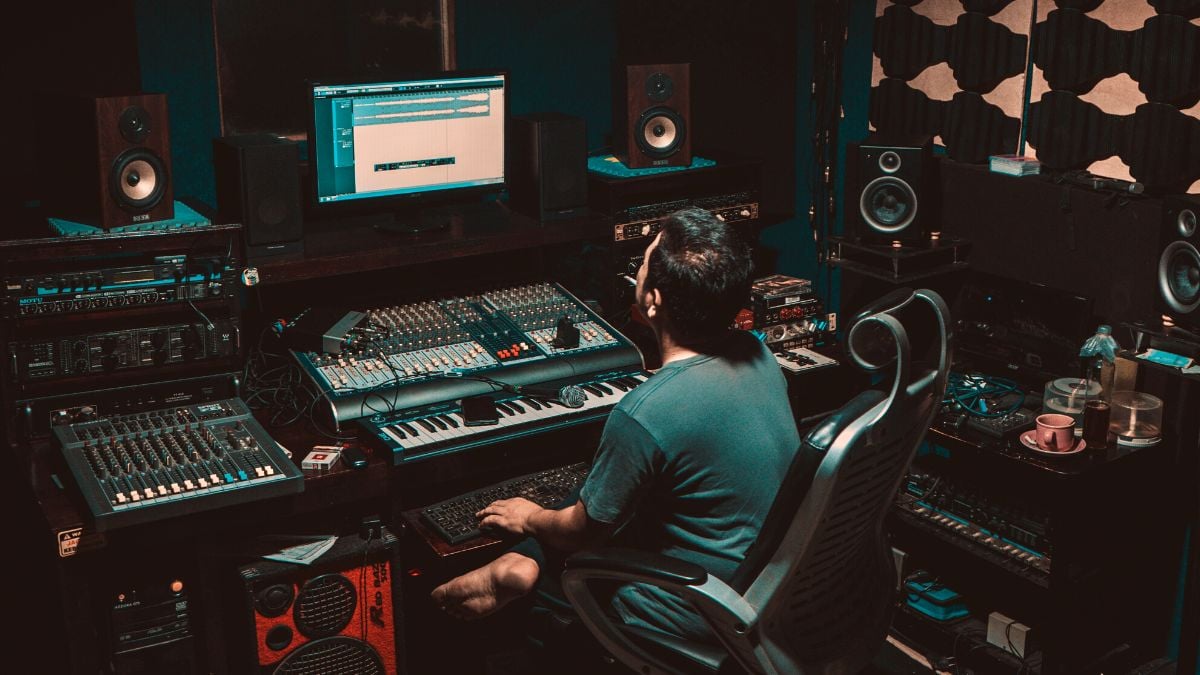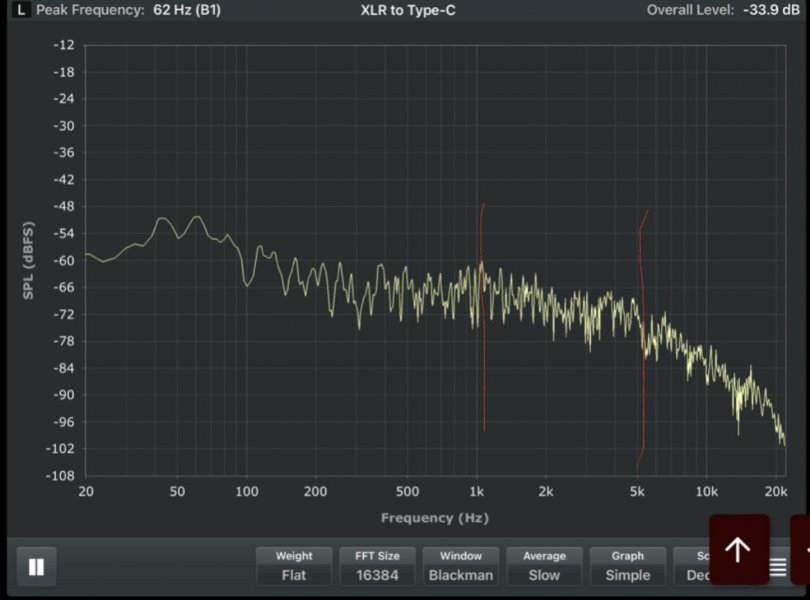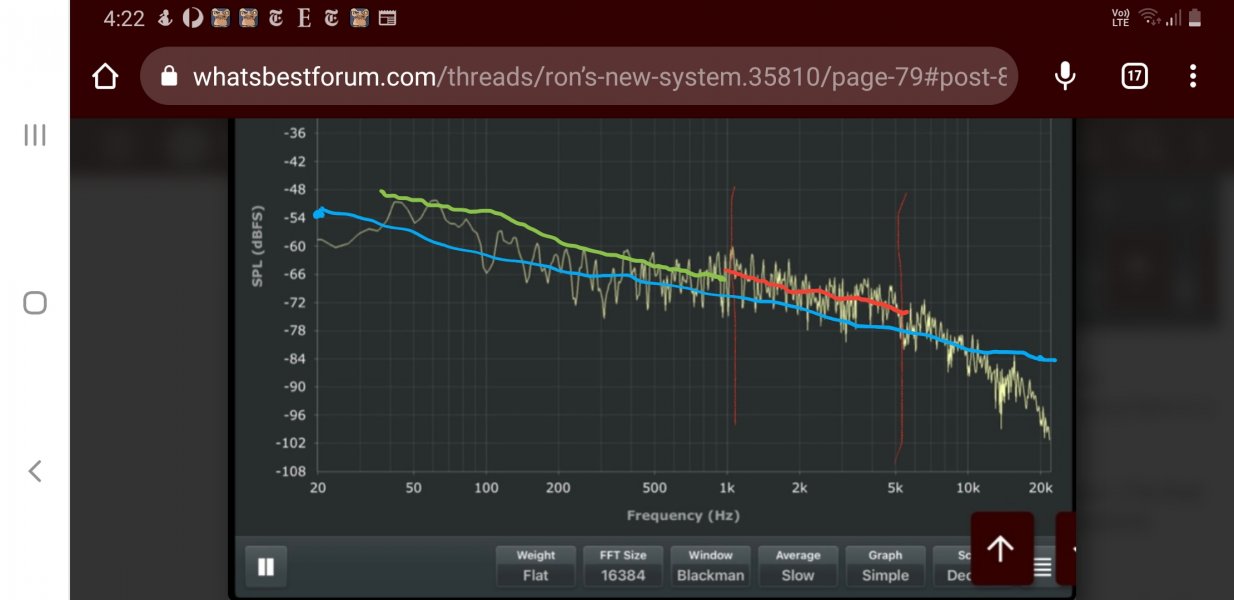I had a very nice visit today from Russ (Russtafarian) and Steve Lefkowicz, a long-time Senior Contributing Reviewer for Positive Feedback.
Each of them played a bunch of their own records. Russ brought an Achromat record mat and replaced the stock Denon record mat.
I played Soular Energy on tape and Analogue Productions' Waltz for Debby on tape. Russ felt the tape of waltz for Debby sounded a little bit slow. Russ felt the vinyl had a little bit more upper midrange energy which gave the music a little bit more drive and a little bit more aliveness compared to the tape. He felt the tape sounded a bit too relaxed.
I like "Waltz for Debby" partly because it literally makes me relaxed. So I did not notice that the tape sounded a touch slow. I continue to find this The Tape Project tape magical, like I could walk up on stage and tap the musician on the shoulder.
I also played "Riders on the Storm" on tape and "Light My Fire" on a production master tape.
This particular The Doors The Doors tape, on the Studer, beat the DCC Compact Classics vinyl on the Denon. Previously the Analogue Productions 45rpm had beaten three other tapes of this title on a Telefunken M15.To the ears of all three of us thproduction master tape was clearer, and everything seemed more separated and just a bit more alive
Steve played an original pressing of Genesis' Selling England by the Pound.
Russ reported that he was hearing a little bit of a 2kHz emphasis on all records played. Generally he did not like it, but he thought it was beneficial for "Waltz for Debby."
I think I am hearing it as well, but I'm not sure. We are no longer seeing it on the frequency response chart.
View attachment 108606
As Russ mentioned, the human ear is so sensitive at that frequency that even a small emphasis might be subjectively noticeable, even if not objectively noticeable.
I could go back to playing with toe-in to see if that emphasis can be ameliorated with speaker adjustment, but it was very puzzling that all of the toe-in experiments I did with Don did not yield any apparent change in tonal balance. It is also interesting that Gary Koh, I believe, does not toe-in his Genesis Prime panels. I don't feel like playing with toe-in right now as the system is sounding very good to me. 96" x 30" x 1" absorption panels are on the way for me to play with on the front wall.
Thanks, Russ and Steve, for coming up and for a very fun listening session and dinner!
PS: I really should just lower the woofer level and re-screenshot the chart so the 20Hz to 150Hz region doesn't look so elevated.
Ron is a gracious host who allowed Steve and I to play some of our weird $h!t records like Shpongle and early King Crimson.
The highlight of the evening for me was tape playback. Every tape Ron played exuded tonal density and sounded gloriously lush. The Doors stuff pushed me towards blissful sensory overload. Dare I say the doors of perception were beginning to crack open?
Waltz for Debby did throw me for a loop. I'm familiar with the record, but I'm used to hearing it via hi-rez digital. My initial thought once "My Foolish Heart" settled in was that it sounded slow. But then "Waltz for Debby" sounded right. This bugged me enough that I had to check playback pitch. I pulled up the album on my iPhone via Qobuz and played it just long enough/loud enough to compare it to the tape. The tape was on pitch. Ron then played the LP and it was on pitch.
Waltz for Debby on tape sounded more relaxed than I've ever heard it from digital or vinyl. The tape was open and clear but didn't have the upper frequency energy I'm used to hearing. Maybe that's why I thought "My Foolish Heart" sounded slow? LP playback was more energetic and propulsive but didn't have the ease and flow of the tape.
My overall take on Ron's system is that while it has a little more energy in the 2-5kHz range than I'm used to, the way it allows music to flow into the bones and engage the imagination is pretty special.
Last edited:




